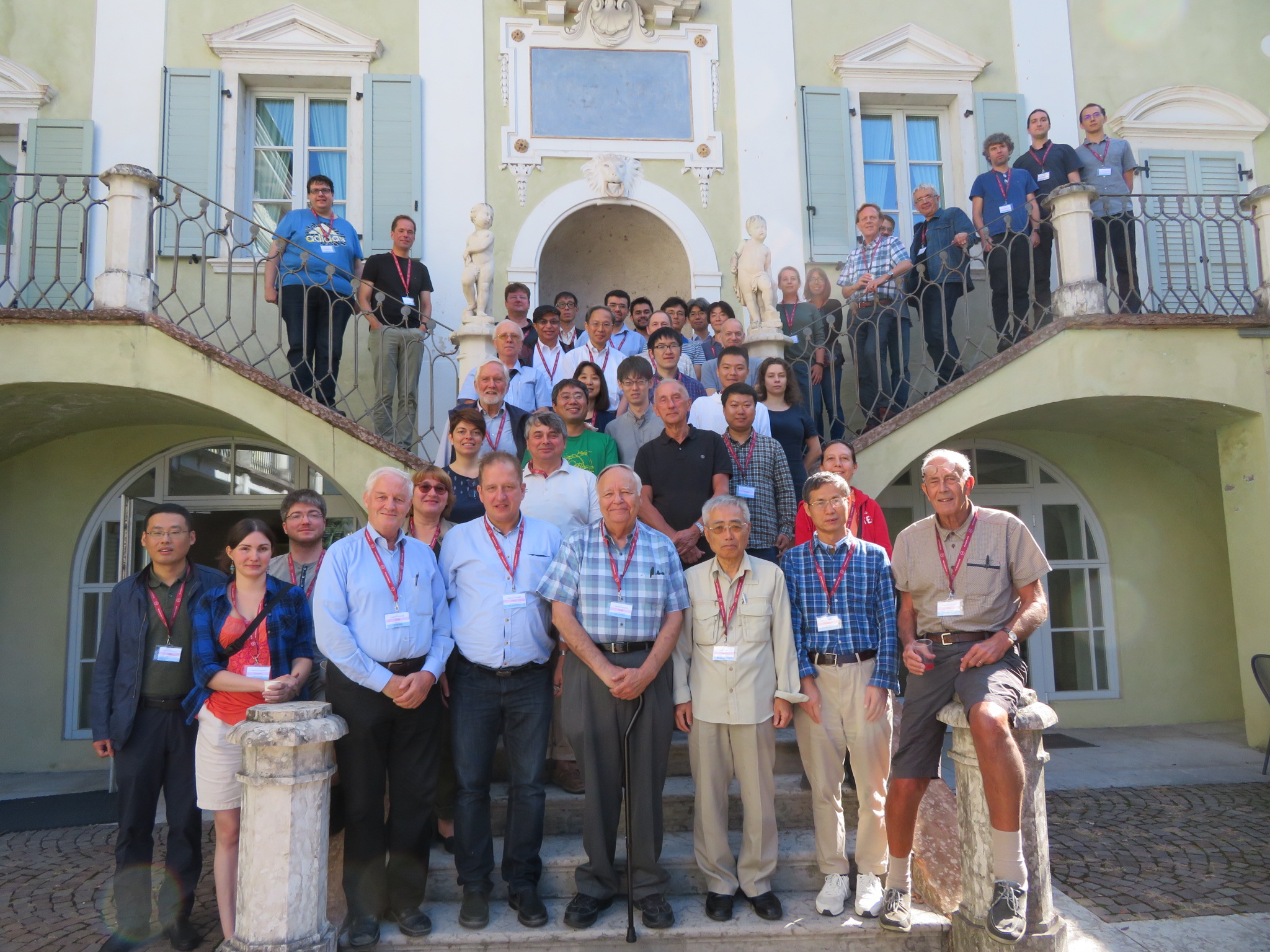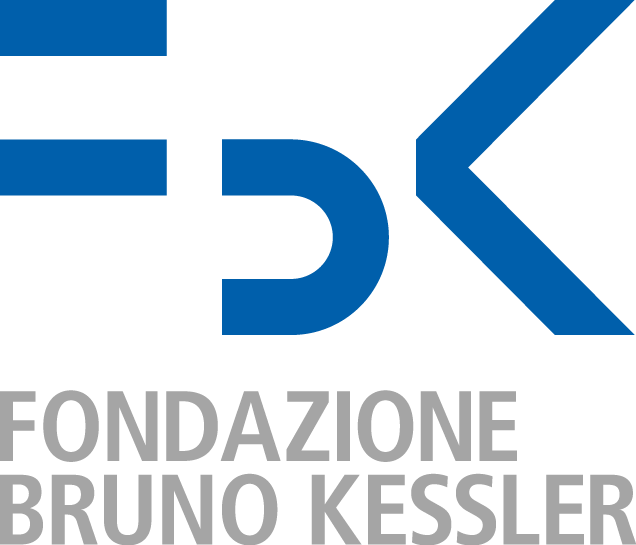Light clusters in nuclei and nuclear matter: Nuclear structure and decay, heavy ion collisions, and astrophysics
Meeting room
ECT* - Villa Tambosi
Light clusters in nuclei and nuclear matter: Nuclear structure and decay, heavy ion collisions, and astrophysics
Nuclear systems are important examples for strongly interacting quantum liquids. New experiments in nuclear physics and observations of compact astrophysical objects require an adequate description of correlations, in particular the formation of clusters and the occurrence of quantum condensates in low-density nuclear systems. Alpha clustering is an important phenomenon in light 4-n self-conjugated nuclei (Hoyle state). New results have been obtained for such nuclei with additional nucleons (e.g. the 9B and (9-11)Be nuclei). Collective excitations show also effects of α-like clustering. In addition, clustering is of relevance for radioactive decay, alpha preformation and the life-time of heavy nuclei. Cluster formation is essential to investigate nuclear systems in heavy ion collisions. Transport codes have to be worked out to describe the time evolution of correlations and bound states for expanding hot and dense matter. An interesting issue is the BEC-BCS transition in nuclear systems.



